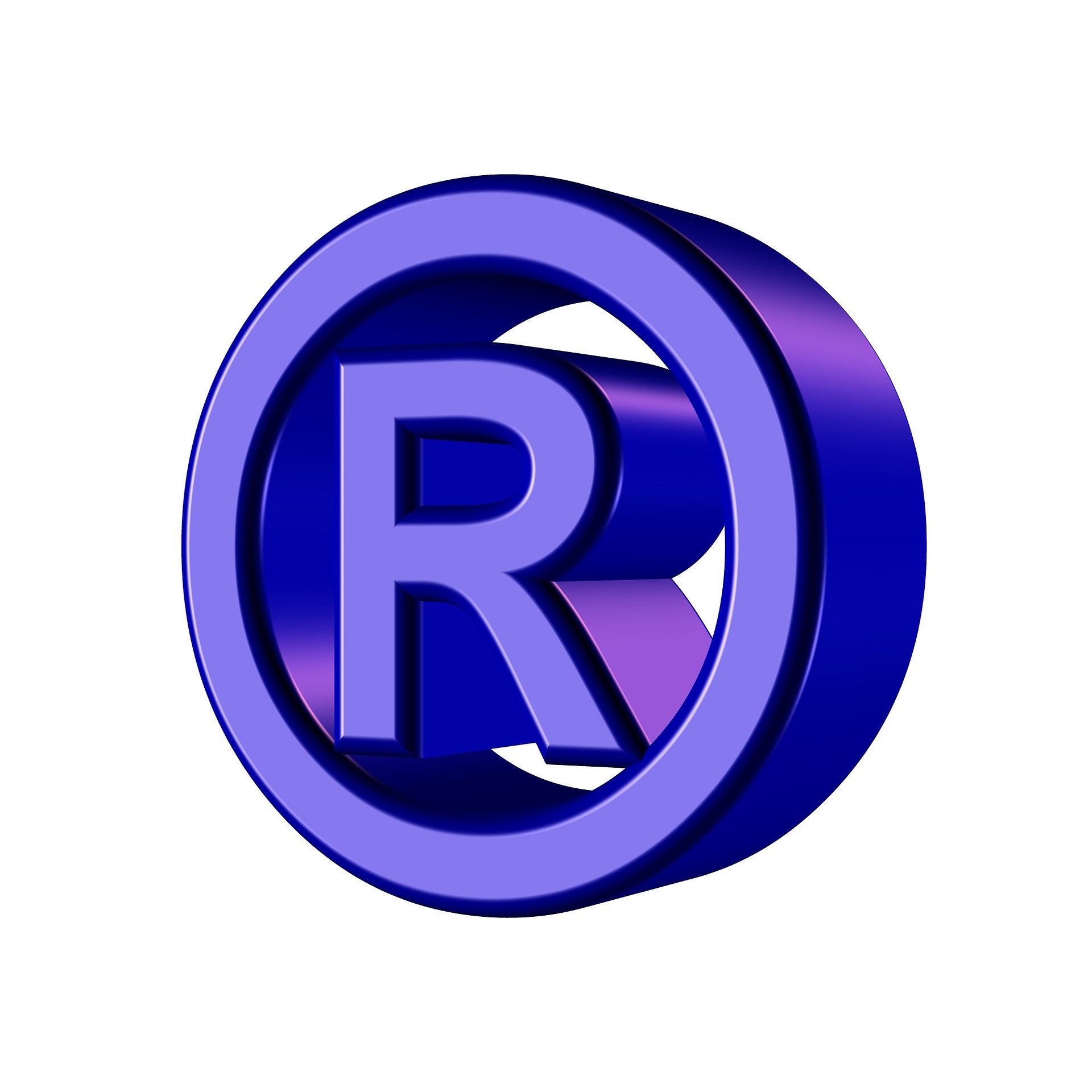
You’ve developed a great logo, designed a unique clothing line, or determined a business name. You want to protect what you created so that brand identification is evident if someone tries to pirate your product or service. But how do you do it?
Have you ever wondered what those little trademark symbols mean and why we use them? The symbols ®, ™, and ℠ are used to inform the world you own the rights to your proprietary products or services; and when you register their use, anyone who pirates them can be admonished through lawsuits and damages awards.
The three symbols are used in different situations and are not interchangeable. Their use depends on whether you are in the process of receiving a trademark or have been granted one for your product or service by the United States Patent and Trademark Office (USPTO). Using the correct mark is crucial because if you use the circled R (®) before your trademark is official, the USPTO will potentially deny your registration as a violation of federal law. So, how does it work?
The registered trademark symbol (®) is the gold standard for protecting your creative endeavors. It means the USPTO has approved your registration, and consumers will come to expect a certain quality with your product or service when they see your trademarked symbol. It also warns other entrepreneurs that they will face the consequences if they try to infringe on your mark.
Registered marks ® or the phrase “Reg U.S. Pat & TM Off” generally appear at the top right of a product name, following the unique mark.
The trademark symbol (™) is the mark you use for goods that are currently undergoing the registration process with the USPTO but are not yet approved. It offers common law protection against infringement because competitors are put on notice that you have registered your mark for protection and branding purposes.
The trademark symbol should also appear in the top right corner of the product name following the mark.
Under U.S. trademark law, a service mark functions in the same way a trademark functions, except it protects services instead of goods. Until registration of your service mark is approved by the USPTO, anything advertising the service can use the symbol for services (℠). This, too, is often in the top right corner, for example, on a uniform pocket or delivery vehicle just after the service provider’s company name.
If the service to be protected is in the communications sector, a service mark can be a unique sound, often called a sound mark. Metro-Goldwyn Mayer studios branded its movie studios using its mascot Leo the Lion’s roar beginning in 1924.
Whether you are registering a trademark or service mark, your ideas must be distinctive, or the USPTO will reject them. This happened to Thrifty® Rent A Car when its service mark ‘being blue’ was rejected as too common and rejected again on appeal.
Additionally, if you registered your trademark in another country that employs a registration system for intellectual property, you cannot use the ® symbol until you register the work in the United States.
A trademark or service mark is crucial to branding your business. Consumers will recognize consistent quality and seek out your business, feeling confident of their choice if they have come to love your products or services. This confidence can be broken if someone else uses your marks without permission and creates a bad experience.
However, dealing with the U.S. government can be daunting, and filing for a trademark is a detailed process. One error and your registration application will be kicked back as rejected. An intellectual property attorney could guide you through the process so your product or service gains the right to display the registered trademark symbol.